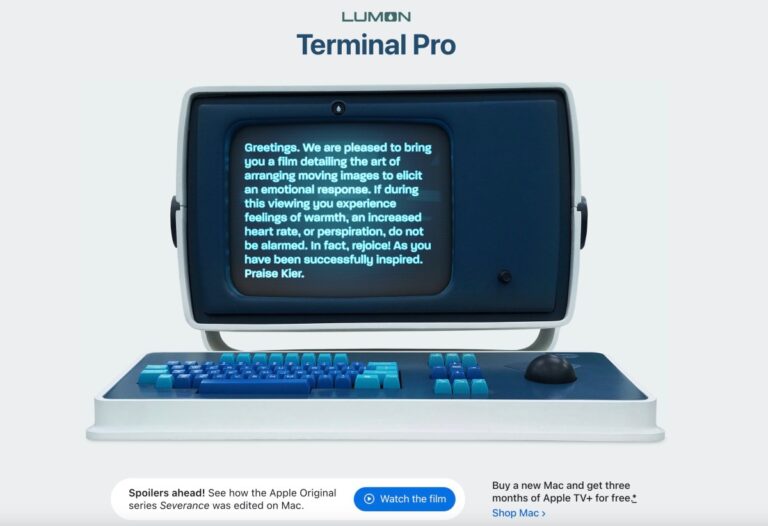Meet the Two Undergrads Revolutionizing AI with Their Game-Changing Speech Model to Compete with NotebookLM
In recent developments within the AI voice generation space, two undergraduate students have launched an innovative AI model named Dia, capable of producing podcast-style audio clips comparable to Google’s NotebookLM. This new tool aims to provide users with enhanced control over voice generation, tapping into the rapidly expanding market for synthetic speech technologies.
The Growing Market for AI Voice Generation Tools
The demand for synthetic speech tools is on the rise, with numerous companies entering the field. Some of the notable players include ElevenLabs, PlayAI, and Sesame, each contributing to a competitive landscape that has caught the attention of investors. As noted by PitchBook, startups focused on voice AI technology secured over $398 million in venture capital funding last year.
Meet Dia: A New Player in Voice AI
Toby Kim, co-founder of Nari Labs based in Korea, stated that he and his partner began exploring speech AI just three months ago, inspired by Google’s NotebookLM. Their vision was to create a model that allows for greater customization of voice output and script flexibility.
Technical Specifications of Dia
Dia, which boasts an impressive 1.6 billion parameters, was trained using Google’s TPU Research Cloud, granting researchers free access to powerful AI chips. This model can:
- Generate dialogue from a given script
- Allow users to customize speaker tones
- Incorporate nonverbal cues like coughs and laughs
Most modern PCs equipped with at least 10GB of VRAM can run Dia, which generates a random voice unless a specific style is requested. Notably, Dia also includes a voice cloning feature that allows users to replicate specific voices.
Performance Review and Limitations
In a brief test conducted by TechCrunch, Dia demonstrated impressive capabilities by generating realistic two-way conversations on various topics. The quality of the voices was competitive with existing tools, and the voice cloning functionality was deemed user-friendly.
However, like many other voice generation tools, Dia lacks extensive safeguards. Users could easily misuse the model to create disinformation or fraudulent recordings. While Nari Labs has publicly discouraged such abuses, they have stated that they “aren’t responsible” for any misuse.
Concerns Over Data Usage and Copyright
One critical issue surrounding Dia is the transparency regarding the data used for training. Although Nari has not disclosed the specific datasets, concerns have been raised about the potential use of copyrighted material. A commentator on Hacker News pointed out that some generated samples resemble the voices from NPR’s “Planet Money” podcast. The legality of training AI models on copyrighted content remains a contentious topic, with differing opinions on fair use.
Future Plans for Nari Labs
Looking ahead, Kim revealed that Nari Labs intends to develop a more comprehensive synthetic voice platform featuring a social aspect in addition to Dia. The team also plans to release a technical report detailing Dia’s specifications and aims to expand support for languages beyond English.
As the voice AI landscape continues to evolve, tools like Dia represent exciting advancements that could reshape how we interact with technology. For more information about AI and voice generation, explore our AI Tools page.







